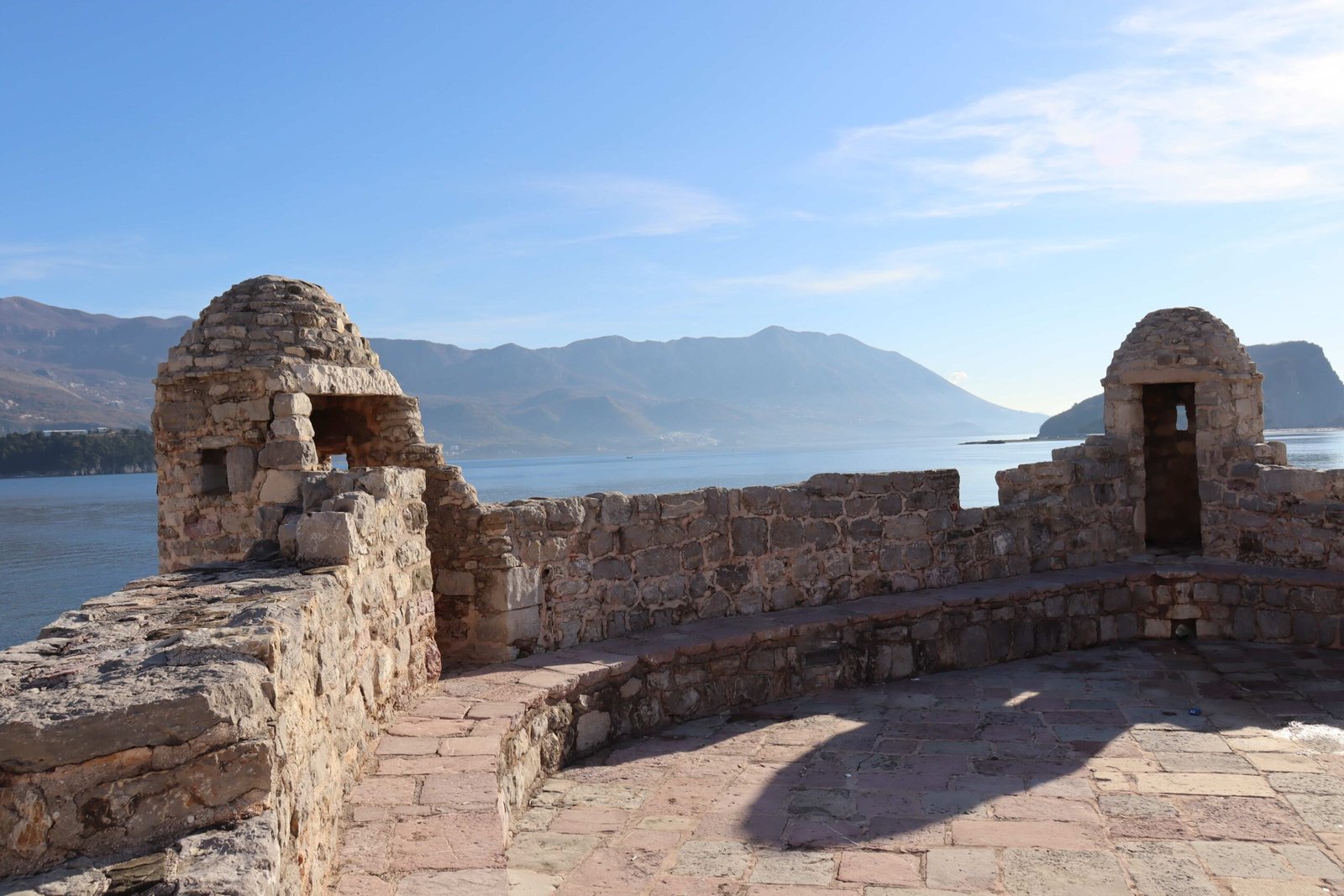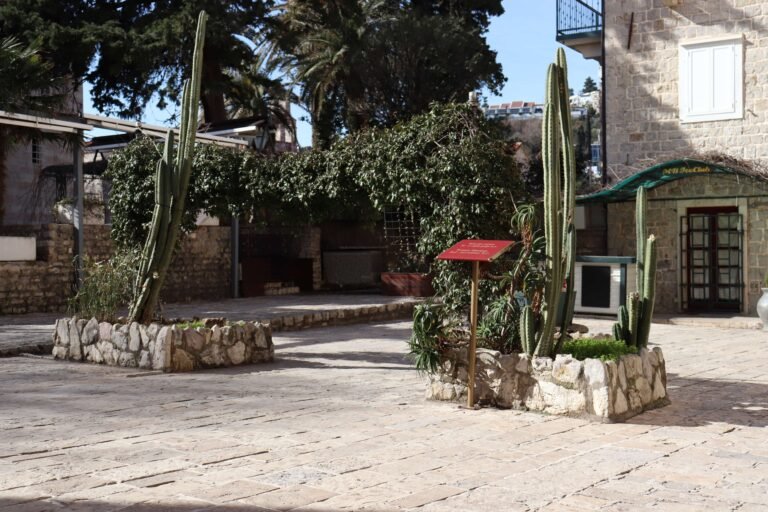Prostor obale Crne Gore je u dugom periodu od 2500 godina bio značajan zbog više različitih faktora, ali prvenstveno zbog svog jedinstvenog strateškog položaja. Na ovoj obali preplitali su se vojni, trgovački, kulturni i religiozni interesi više različitih etničkih grupacija. Fortifikaciona arhitektura imala je ključnu funkciju u razvijanju gradova na ovoj teritoriji i bila je presudni faktor sigurnosti.
Bedemi su se, zavisno od datog doba, gradili za odbranu od aktuelne vrste naoružanja. Tako u Budvi imamo završnu liniju bedema sa zupcima i otvorima iz perioda hladnog oružja, do bedema sa šetnicama, puškarnicama i toparnicama iz perioda upotrebe vatrenog oružja.
Na bedemima se jasno uočavaju različiti istorijski slojevi, pa tako imamo dijelove iz vremena vladavine Rima i Vizantije, srednjeg vijeka, mletačkog i austrougarskog perioda.
U cjelokupnom svom trajanju, bedemi su rušeni od strane osvajača, ali i od zemljotresa, pa su mnogo puta obnavljani i prepravljani o čemu svjedoče i gravire grada iz različitih perioda.
Tokom uprave Mletačke republike nad Budvom (1442-1797) srednjovjekovnoj fortifikacionoj arhitekturi dat je i venecijanski pečat. Na budvanskim bedemima se mogu uočiti državni grbovi Mletačke republike.
U sklopu gradskih bedema na uglovima su građeni bastioni: Murava, Gradenigo i Repeno, čija funkcija je osmatranje i kontrola, kao i dejstvo na bočnim stranama bedema. U nekim bastionima se čuvala municija i druga ratna oprema.
Dužina bedema iznosi 875 metara, dok je visina oko 12 metara.
Town Walls with Bastions
Over a long period of 2500 years, the area of the Montenegrin coast was quite significant due to numerous different factors, but primarily for its unique strategic position. On this coast military, commercial, cultural and religious interests of several ethnic groups were being intertwined. Fortification architecture had a key function in the development of cities on this territory and was the essential factor of security.
The town walls were built to defend against the current type of weapon of that era. Thus, in Budva, we have the final line of the town walls with prongs and openings from the period of cold weapons to walls with walkways, loopholes and cannonades from the period of use of firearms.
Different historical layers are visible on the ramparts, so we have parts from the reign of Rome, Byzantium, the Middle Ages, and the Venetian and Austro-Hungarian periods.
During their existence, the walls were demolished by invaders and also earthquakes, which is why they were rebuilt and remodelled numerous times. The pieces of evidence of these modifications can be seen in engravings representing the Old Town from different periods.
During the administration of the Republic of Venice over Budva (1442-1797), the medieval fortification architecture was given a Venetian stamp. The Venetian coat of arms can be seen on the town walls.
As part of the town walls, bastions were built on the corners: Murava, Gradenigo and Repeno. Their function was observation and control, as well as action on the sides of the walls. Some of the bastions were used to store ammunition and other war equipment.
The length of the town walls is 875 meters, while their height is around 12m.




